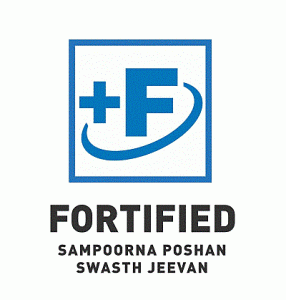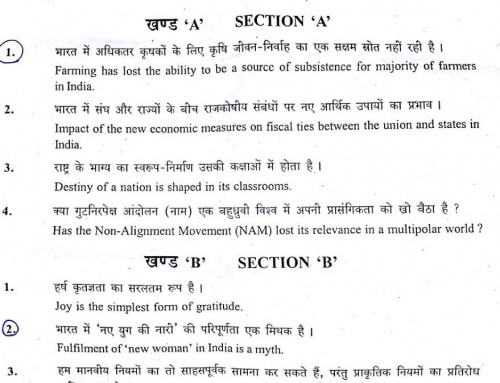End Hunger : Sustainable Development Goals (SDG) Goal 2 aims to “End hunger, achieve food security and improved nutrition, and promote sustainable agriculture.”
Article 47 of the Constitution states that it is “duty of the state to raise the level of nutrition and the standard of living and to improve public health”.
What is Food Fortification?
Fortification is defined by WHO as the “practice of deliberately increasing the content of an essential micronutrient, i.e. vitamins and minerals (including trace elements) in food, so as to improve the nutritional quality of the food supply and provide a public health benefit with minimal risk to health“.
Food fortification or enrichment is the process of adding micronutrients to food.
It is highly useful when and where existing food supplies and limited access fail to provide adequate levels of the respective nutrients in the diet. It can lead to relatively rapid improvements in the micronutrient status of a population, and at a very reasonable cost, especially if advantage can be taken of existing technology and local distribution networks. Since the benefits are potentially large, food fortification can be a very cost-effective public health intervention.
Fortification requires neither changes in existing food patterns, habits nor individual compliance. It is socio-culturally acceptable and does not alter the characteristics of the food.
| Advantages of Food Fortification: | Limitations of Food Fortification: |
|
|
Food fortification in India:

Food Fortification Logo by FSSAI
Food Safety and Standards Authority of India (FSSAI) has formulated a comprehensive regulation on fortification of foods namely ‘Food Safety and Standards (Fortification of Foods) Regulations, 2016’.
These regulations set the standards for food fortification and encourage the production, manufacture, distribution, sale and consumption of fortified foods. The regulations also provide for specific role of FSSAI in promotion for food fortification and to make fortification mandatory. This sets the premise for the national summit on fortification of food.
National Summit on Fortification of Food convened by FSSAI on 16th and 17th October, 2016, to address interventions in combating micronutrient malnutrition in the country.
| Bio-fortification
The breeding and genetic modification of plants so as to improve their nutrient content and/or absorption is Bio-fortification. Biofortification is thetherefore a process by which the nutritional quality of food crops is improved through agronomic practices, conventional plant breeding, or modern biotechnology. Biofortification aims to increase nutrient levels in crops during plant growth rather than through manual means during processing of the crops, as is the case of standard fortification. It involves selection of certain cereals such as rice and legumes for their high iron content, various varieties of carrots and sweet potatoes for their favourable β-carotene levels, and maizes for their low phytate content – which improves the absorption of iron and zinc. Biofortification presents a way to reach populations where supplementation and conventional fortification activities may be difficult to implement and/or limited. Examples of biofortification projects include:
|
If you are still willing to read further on this topic, you may go through this WHO document on Food fortification
Thereafter, the definitions of Food fortification, its advantages and disadvantages/limitations have been mentioned in detail.Lastly, a brief about biofortification is mentioned.




